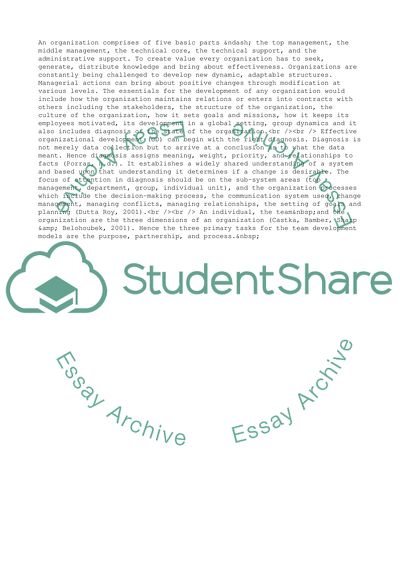Cite this document
(Effective Organizational Development Case Study, n.d.)
Effective Organizational Development Case Study. Retrieved from https://studentshare.org/management/1714684-essentials-of-organization-development
Effective Organizational Development Case Study. Retrieved from https://studentshare.org/management/1714684-essentials-of-organization-development
(Effective Organizational Development Case Study)
Effective Organizational Development Case Study. https://studentshare.org/management/1714684-essentials-of-organization-development.
Effective Organizational Development Case Study. https://studentshare.org/management/1714684-essentials-of-organization-development.
“Effective Organizational Development Case Study”. https://studentshare.org/management/1714684-essentials-of-organization-development.


